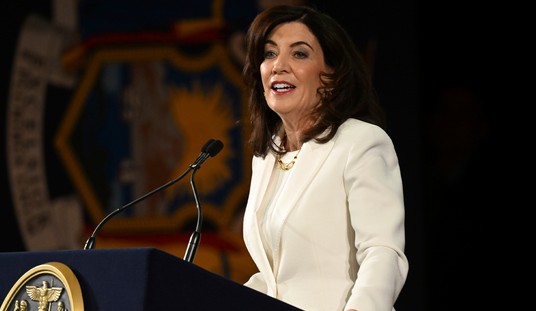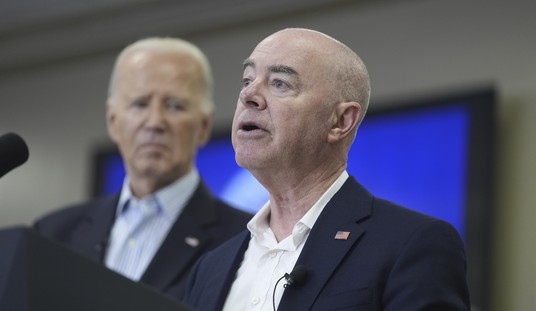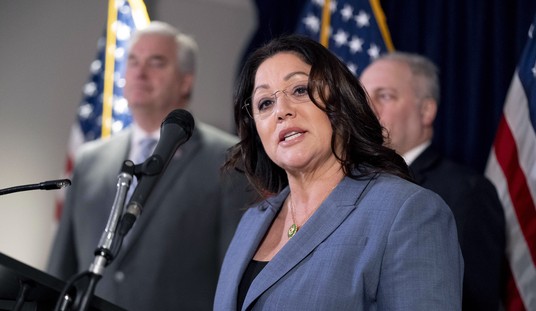This month, opponents of scientific research set off an incendiary device at the home of Edythe London to protest her medical research at UCLA. In October, the research opponents flooded London's home. In the preceding two years, activists left bombs, which failed to ignite, outside of the home and under the car of two UCLA researchers.
Since August, activists have harassed UC Berkeley professors at their homes late at night and even leafleted the soccer game of a researcher's child, according to UC Berkeley spokesman Robert Sanders.
Who are these anti-research extremists and why are they waging a campaign of intimidation against law-abiding scientists?
They are animal-rights activists who oppose medical research with laboratory animals. Of course, these activists have a right to their opinion. But they do not have a right to terrorize researchers -- and their children -- because they don't like the way these scientists are working to cure disease.
"I think it's important to call this terrorism," said Michael Conn, co-author of the book, "The Animal Research War" and associate director of the Oregon National Primate Research Center. "This is not an effort to change laws or persuade people. It's an effort to frighten and intimidate."
Researchers have good reason to be afraid. In 2005, Jerry Vlasak, a Southern California trauma surgeon and leader of the North American Animal Liberation Front, which is an animal rights organization, told a U.S. Senate committee that he could justify killing researchers. Vlasak said, "I don't think you'd have to kill -- assassinate -- too many. I think for five lives, 10 lives, 15 human lives, we could save 1 million, 2 million or 10 million nonhuman lives."
Recommended
Now researchers know that if they dedicate themselves to working on cures to save lives, they do so at the risk of risk forfeiting their own.
The scare tactics are working. In 2005, UCLA researcher Dario Ringach e-mailed Vlasak, "You win." Ringach pledged to stop animal research. In 2002, after being targeted and threatened with hundreds of calls, letters and e-mails by animal rights activists, Michael Podell, a leading HIV researcher, left Ohio State University and went into private veterinary practice.
For every Ringach and Podell, there must be many more young scientists who decide not to become involved in vital medical research because they don't want to subject their families to the harassment and they don't want to live their lives in fear.
Conn doesn't understand how a woman can have her home flooded and torched -- because she is researching nicotine addiction -- and there is no outrage.
Maybe it is because these activists claim that they are acting on behalf of lab animals that the public doesn't care that these anonymous bullies are terrorizing good people striving to save lives.
They compare themselves to Mohandas Gandhi and Martin Luther King Jr., Conn noted, "But I don't remember Gandhi or King wearing masks and coming at night, burning houses or threatening children."
He added, "Whoever thought that somebody doing ethical and federally regulated research would have to live like they're in a war zone?" In the age of the Internet, which allows activists to intimidate scientists with complete anonymity and no consequences, it may be time for universities to build Green Zones for researchers.

























Join the conversation as a VIP Member